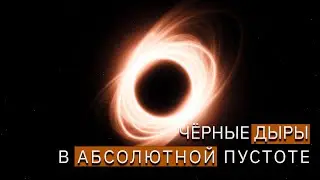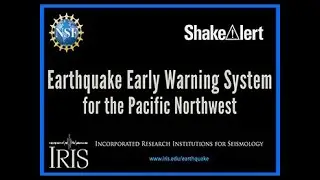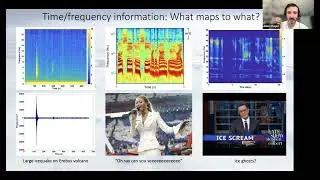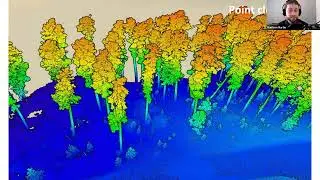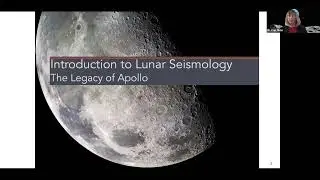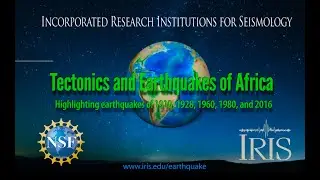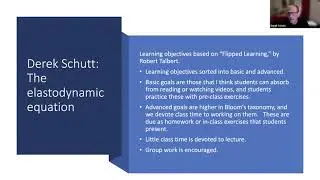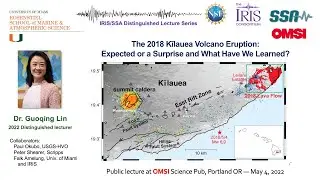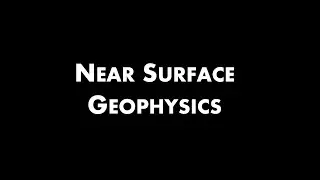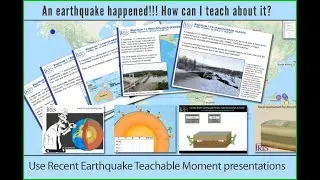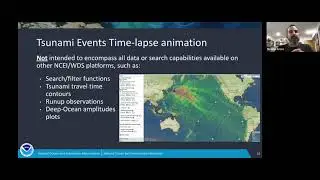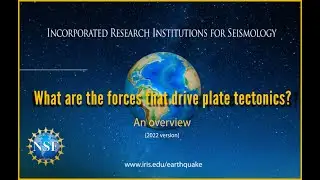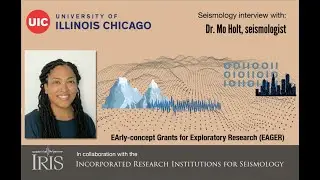NEW!! What Drives Plate Tectonics? What are the forces involved? (new convection ending; 2022)
ERRATA: At 6 min 10 sec the plate says "100cm/yr"; it should be "100 mm/year". For a downloadable corrected version, go to: www.iris.edu/hq/inclass/animation/557
CHAPTERS:
0:00 Intro on mantle convection
0:27 Young hot vs Old cold plates
1:10 Spreading ridges
3:44 Gravity force that pushes
4:15 Force that pulls subducting slab
6:05 Push & pull in action on Pacific Plate
6:20 Thermal convection system
6:52 Convection system in 3D
This January 2022 updated version of our animation addresses convection at the end.
Lithospheric plates are part of a planetary scale thermal convection system. The energy source for plate tectonics is Earth’s internal heat while the forces moving the plates are the “ridge push” and “slab pull” gravity forces.
It was once thought that mantle convection could drive plate motions. Early textbooks showed mantle convection cells, like in a beaker of hot liquid on a Bunson burner, pushing plates along from below. Current dynamic models have plates moving as part of a gravity-driven convection system that pushes young hot plates away from spreading ridges and pulls old cold plates down into subduction zones.
Narrated by Roger Groom, Mount Taber Middle School
Animation & graphics by Jenda Johnson, Earth Sciences Animated
Directed by Robert Butler, Geophysicist, University of Portland, OR
Scientific review by Michael Wysession, Washington University in St. Louis
Technical advisor Glenn Kroeger, Trinity University
Dr. Bunsen Honey Dew II: transformative and fair use of Dr. Bunsen Honeydew© used for educational non-commercial purposes only.
Map of sea-floor ages, math of world bathymetry, and bathymetric profile of the E. Pacific Rise from the National Oceanic & Atmospheric Administration
Cross section of tectonics modified from USGS This Dynamic Earth
Landslide animation: NASA's Goddard Space Flight Center
Made possible by support from the National Science Foundation





![ETF Come Investire? I 3 ETF MIGLIORI Per PIANO DI ACCUMULO! [GUIDA X PRINCIPIANTI]](https://images.videosashka.com/watch/qewj3E7bxhA)
